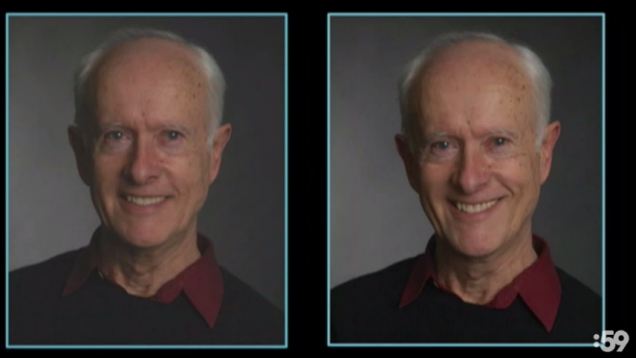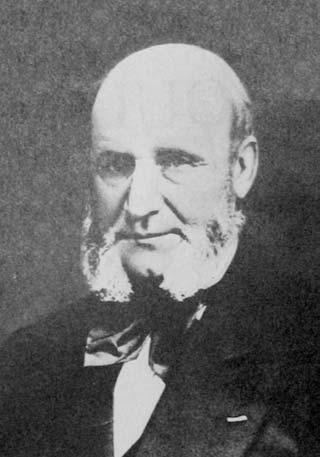A smile has enormous power. It can start a relationship and light up a movie screen, but it’s more than that. According to new scientific research, smiling really is the ultimate ice breaker. But be warned, humans are hardwired to spot fakes.
MONSIEUR DUCHENNE
People predominantly display positive emotions by giving a so-called Duchenne smile.
Identified by French neurologist Guillaume Duchenne, a Duchenne smile involves contraction of both the zygomatic major muscle, which raises the corners of the mouth, and the orbicularis oculi muscle which raises the cheeks and forms crow’s feet around the eyes. A non-Duchenne smile involves only the zygomatic major muscle. Often referred to as “The Pan Am smile” or the “Botox smile”, it considered a “fake” smile, in which only the zygomatic major muscle is voluntarily contracted. This type of smile is often described as a polite smile.
According to a new study led by Belinda Campos of the University of California, the Duchenne smile is seen as a reliable sign of true affiliation and willingness to cooperate with another person, and helps to strengthen social bonds.
THE POWER OF PERCEPTION
“Our findings provide new evidence of the significance of positive emotions in social settings and highlight the role that positive emotions display in the development of new social connections,” explains Campos. “People are highly attuned to the positive emotions of others and can be more attuned to others’ positive emotions than negative emotions.”
Researchers conducted two studies to test the role that positive emotions, which are considered signals of affiliation and cooperation, play in relationships.
The first one tested how aware 66 dating couples were of their partners’ positive emotions. The testing took place while the couples were being teased or were discussing past relationships.The second experiment looked at how attuned people are to positive emotions and if it helps them to form new social bonds. This was done by assigning 91 women to watch six emotionally laden film clips in the company of either a roommate or a stranger.
The first study showed that dating couples were able to quite accurately track their partners’ positive emotions. In the second, people tended to feel closer to strangers who displayed positive emotions.

Tom Cruise is famous for his smile. Notice the crinkling around the eyes. That’s the sign of a Duchenne smile.
A GENUINE SMILE
The results showed that people are much more aware of others’ positive emotions than their negative ones. Also, when finding themselves in situations where new relationships can be formed, humans tune into the positive almost instinctively. Furthermore, Campos explains that people predominantly display positive emotions by giving a so-called Duchenne smile. It is seen as a reliable sign of true affiliation and willingness to cooperate with another person, and helps to strengthen social bonds.
Campos believes that people are very much aware of its presence or absence during conversations, and that they are good at ‘reading’ a fake smile.
Perhaps this is the secret of the success of many film and TV stars like Tom Cruise and Julia Roberts. They are known for their beautiful megawatt smiles, but we are drawn in because we perceive that their smiles are genuine.
So remember to care for your smile. It makes an important first impression.
 Uveneer is the invention of cosmetic dentist, Dr. Sigal Jacobson. Though only being launched since February of 2014, Dr. Jacobson’s patented
Uveneer is the invention of cosmetic dentist, Dr. Sigal Jacobson. Though only being launched since February of 2014, Dr. Jacobson’s patented

